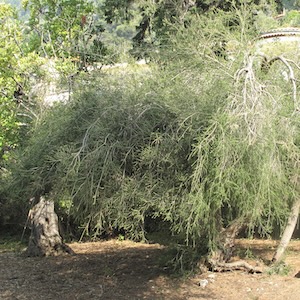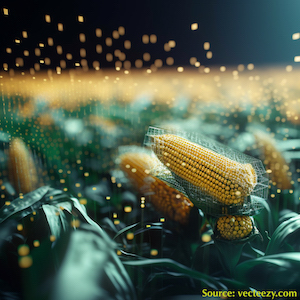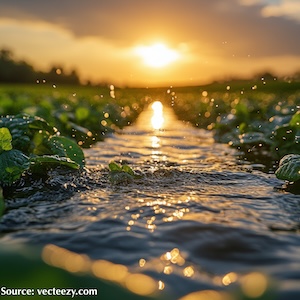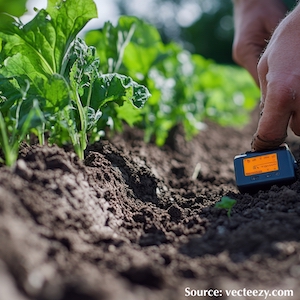Monitoring water-stressed spring tea canopy temperature using UAV-derived indices and clustering models

All claims expressed in this article are solely those of the authors and do not necessarily represent those of their affiliated organizations, or those of the publisher, the editors and the reviewers. Any product that may be evaluated in this article or claim that may be made by its manufacturer is not guaranteed or endorsed by the publisher.
Authors
This study developed a rapid method for monitoring water stress in tea trees using unmanned aerial vehicle (UAV) multispectral imaging combined with machine learning models. The study analyzed tea trees subjected to five different irrigation treatments. UAV multispectral imaging and ground-based measurements were employed to explore the relationships between canopy-air temperature differences, soil moisture content, spectral reflectance, vegetation indices, and canopy temperature. The ordering points to identify the clustering structure (OPTICS) algorithm was used to cluster soil moisture content and canopy-air temperature difference data. The clustering process determined the radius parameter (ϵ) from an ordered decision graph, establishing the upper and lower limits of the canopy-air temperature difference. These limits were then correlated with the vapor pressure deficit (VPD) lower limit equation for fully irrigated tea trees to validate the effectiveness of the OPTICS algorithm. Several machine learning regression models, including random forest (RF), support vector regression (SVR), K-nearest neighbors (KNR), and backpropagation (BP) neural networks, were used to create an inversion model for predicting canopy temperature based on vegetation indices. A strong correlation (coefficient of 0.74) was observed between the canopy-air temperature difference bounds derived from OPTICS clustering and the crop water stress index (CWSI) values calculated from empirical model data. Spectral reflectance at 450 nm, 560 nm, and 650 nm remained stable, while reflectance at 730 nm and 840 nm increased significantly with rising canopy temperature. The RF model demonstrated robust performance, achieving an R² value greater than 0.8, and effectively predicted canopy temperature using vegetation indices. By combining density-based OPTICS clustering to establish water stress index limits and leveraging vegetation indices for canopy temperature inversion, this study presents a rapid and accurate method for calculating the water stress index in tea trees. The findings provide a foundation for UAV-based remote sensing applications in monitoring tea tree water stress and highlight potential advancements in precision irrigation management.
How to Cite

This work is licensed under a Creative Commons Attribution-NonCommercial 4.0 International License.









